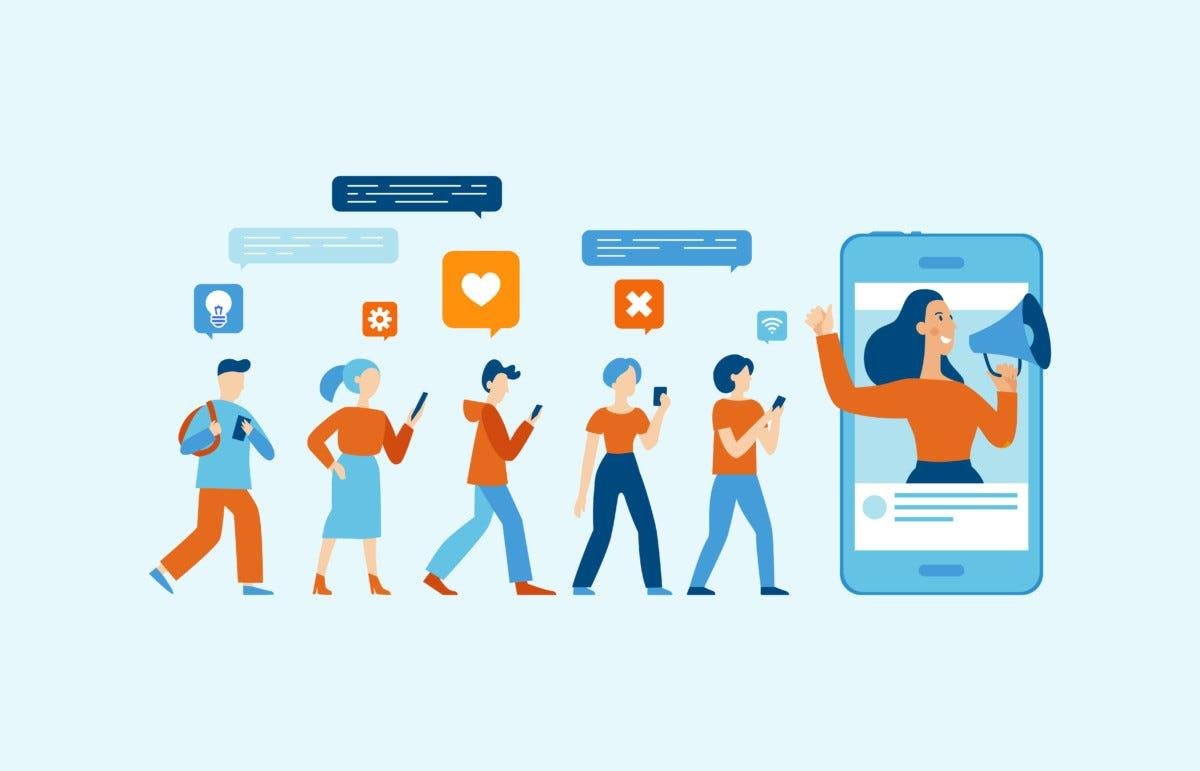Memes are an integral part of internet culture. It transcends beyond cultural and linguistic barriers and turns an obscure internet joke into a global phenomenon. This bite-sized content, combined with a viral picture and witty comment, circles the online platforms, garnering millions of views and shares. Individuals showcase their creativity and use memes to make them relate to everyday life. But how does a simple joke or image transform into a global phenomenon? Let’s dive into the fascinating lifecycle of a viral meme and explore the factors that propel it to internet fame.
Social Media and Meme Culture
Social media platforms host an ideal environment for memes to thrive, offering instant sharing capabilities, wide-reaching networks, and tools for easy content creation and modification. Memes foster a sense of community among users and reflect the present society. Members who make memes have utilized the platform to gain followers and build their own community by sharing relatable posts. They leverage users’ emotions and senses to make content and gain popularity on social media. If you want a way to attain fame and have credible content curation skills, utilize social media and purchase real and instant likes from blastup.com to build a fan following and increase your engagement rates.
History of Meme

A ‘meme’ nowadays has its roots before the internet age. The term ‘memes’ was first used by the English evolutionary biologist Richard Dawkins in his book ‘The Selfish Gene’ published in 1976, to define gene-like units of cultural ideas spreading from one individual to another. However, the Internet memes we understand today started to evolve only in the late nineteen-nineties and the early twenty-first century.
Soon, websites such as 4chan, Reddit, and Tumblr became meme production and distribution platforms. These platforms enabled users to enhance and disseminate content speedily, boosting the meme cycle.
Birth of a Meme
Every meme starts somewhere. It could have been a candid click, a sarcastic post on a social networking site, a video clip, or just an innocent phrase. Amusingly, memes are usually created without much planning, and sometimes, the creators of the meme may not even know that the material they are creating is a meme.
For instance, let us look at the “Distracted Boyfriend” meme. It started as a stock photograph; it was never meant to showcase problematic relationships, but its exaggerated poses and familiarity with reality have made it meme material.
Virality of Meme

Any content can be a potential meme if curated accordingly. This is usually when the right person or community stumbles across the content and sees its meme appeal. It could mean that they discussed it with their circle of friends or used it and tweaked it to make another one.
Key factors that contribute to a meme’s initial spread include:
- Timing: Memes that relate to current events or trends will likely go viral.
- Simplicity: The most effective memes are also those that can be easily grasped and replicated by the audience or the public.
- Humor: It is also important to note that people are more likely to share funny memes.
- Relatability: If the content is more relatable to the experience or can evoke emotions, it is shared multiple times on social media.
The Snowball Effect
Gradually, memes became more noticeable. People started producing memes related to certain events or reinventing the original meme and adding more layers of jokes. This method allows people to “mutate” the meme and keep it rather contemporary, which is why it has a long-life cycle. Hashtags, retweets, and shares disseminate the memes within the networks.
Disseminating across Boundaries

A viral meme is open to more than just a single platform or community. As it goes viral, it starts moving from one social media site to another. This cross-pollination can result in various changes to the meme, including new interpretations of it or its adaptation in different contexts. For instance, a meme that starts on Twitter might find its way to Instagram, where it gets a visual makeover. From there, it could inspire a series of TikTok videos, further expanding its reach and cultural impact.
Growth and Spread
At the peak of its virality, a meme might break out of the internet bubble and into the mainstream.
- Media coverage: News outlets reporting on the meme phenomenon.
- Celebrity adoption: Famous individuals referencing or participating in the meme.
- Commercial use: Brands incorporating the meme into their marketing campaigns.
To Final Worldwide Fame
Over time, it becomes challenging to sustain the buzz regardless of how relatable and humorous the meme is. However, the greatest memes in history create a lasting impression.
- Become references: People continue to use the meme for specific situations or emotions.
- Inspire new memes: Original memes are incorporated into new content.
Case Studies
“Doge”
The case of the “Doge” meme can be seen as a perfect example of this pattern of viral dissemination. It started with an image in 2010 of a Shiba Inu named Kabosu. This image went viral in 2013. It inspired the creation of Dogecoin cryptocurrency and continues to influence internet slang.
Grumpy Cat (2012)
The photo of a cat with a permanently grumpy face went viral on social media and inspired the creation of many merchandises, books, and movies.
The Impact of Viral Memes

Viral memes do more than make us laugh. They can:
- Shape public discourse: Memes can influence how people discuss current events or social issues.
- Create communities: Shared appreciation for certain memes can bring people together.
- Influence marketing strategies: Brands increasingly try to capitalize on or create viral memes.
- Affect language: Meme phrases often enter everyday speech.
Conclusion
The journey of a viral meme from a simple joke to a cultural phenomenon is a testament to the power of digital connectivity and shared human experiences. Not all memes may go viral, but they remain fascinating insights into what becomes the talk of the town at any one time. But one thing remains certain: as long as there are shared experiences to be had and laughs to be shared, memes are going to remain a relevant integral of our digital lives, influencing the way that we talk, joke, and interact online.





